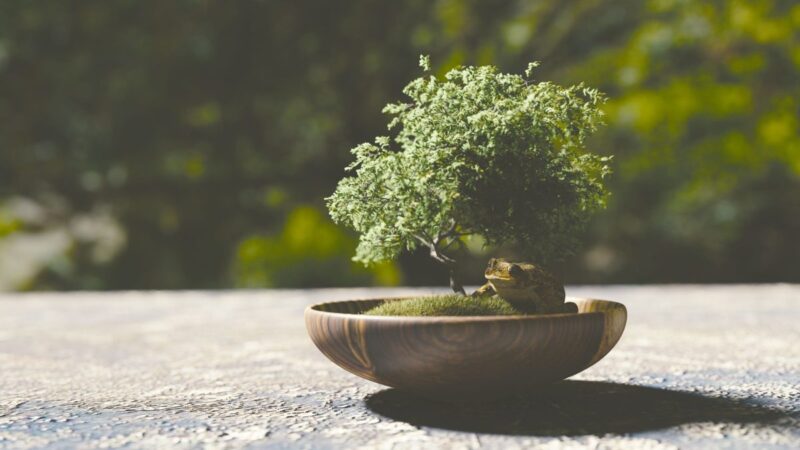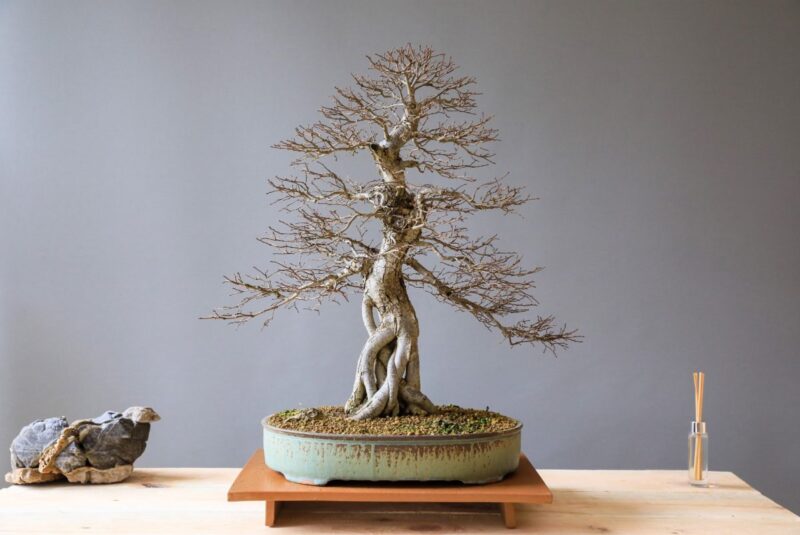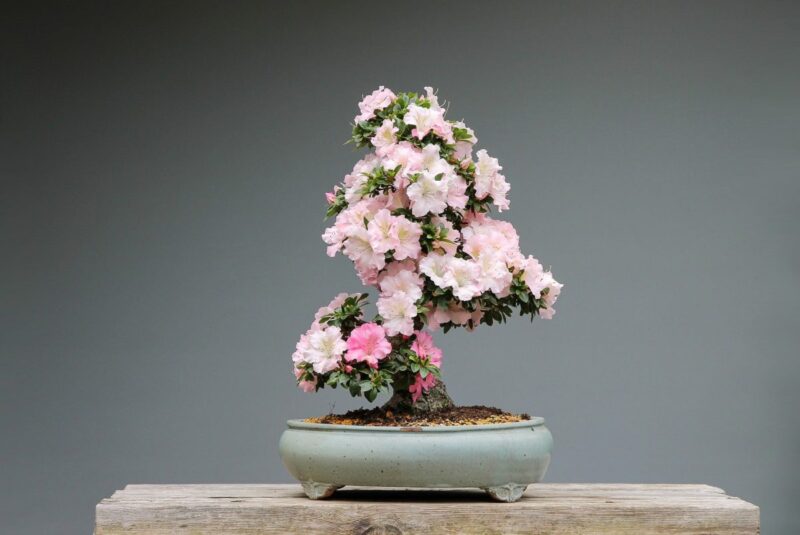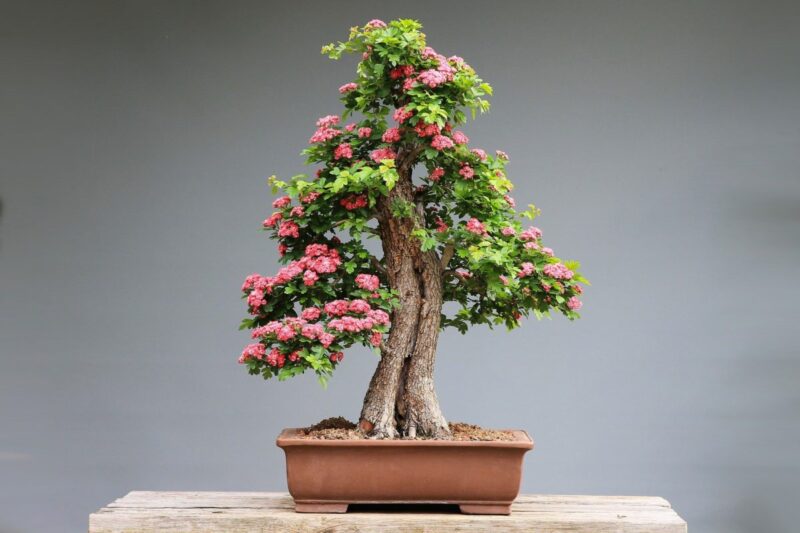Bonsai, the living art of Japan
Apr 21, 2020
Bonsai, the living art of Japan

Have you ever heard of bonsai before?
Bonsai is the art of cultivating miniature versions of trees or other plants in a ceramic bowl or tray.
The height of the plants varies; some are as tiny as your hands, and some others are more than 60 centimetres tall.

Bonsai was viewed as a hobby for retirees, but recently young people started enjoying the art of bonsai too.
In Japan you can find the miniature bonsai plants almost everywhere, including restaurants and interior shops.
Bonsai is a combination of two words, which are basin or tray (bon, 盆) and plant (sai,栽).
Just by looking at the tree, you’ll find out that each bonsai is suited to the tray very well.
The perfect balance between the tree and the bowl is called “hachi-untsuri”, which literally means the impression made by a basin.

There are several types of bowl and tray for bonsai.
The unglazed bowl is recommended for miniature bonsai like pine or cypress trees.
The glazed bowls are for deciduous trees whose leaves change color with the seasons, like Japanese maple and zelkova trees.

The color of the bowl is also important. For examples, plant with red fruits shall be paired with a blue bowl to make the fruits look more stands out.
In addition to the tray and the color, there is also a front side, or shomen (正面) to each bonsai. The front side is the best side from which to view the plant.
The front side is decided based on various criteria such as the visibility of roots spread, trunk patterns, form of the branches, and posture or attitude of a tree.
If the appearance of the tree changes, the front side might also change to a different side.

Unlike other plants, bonsai is intended for indoor viewing. Often placed in a traditional Japanese room or on a stand placed on tatami matting, you can also find bonsai in Western-style homes or offices.
Bonsai can be considered as a green art, and its popularity is growing within Japan and all across the world.
The export of bonsai has been increasing for the last decade, mainly to China, Italy, the Netherlands, Vietnam, and the United States.
Bonsai was only famous within the Japanese at first, but it succeeded in drawing foreigners’ attentions through its beauty.
If you love Bonsai, you can always visit the The Omiya Bonsai Art Museum in Omiya, Saitama!






